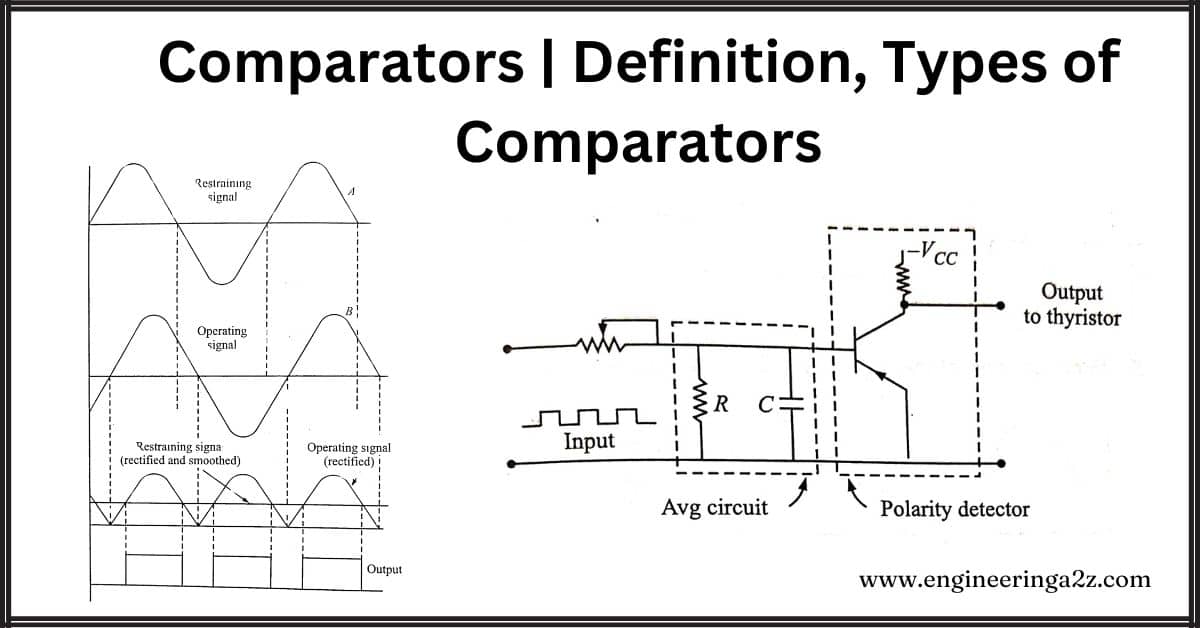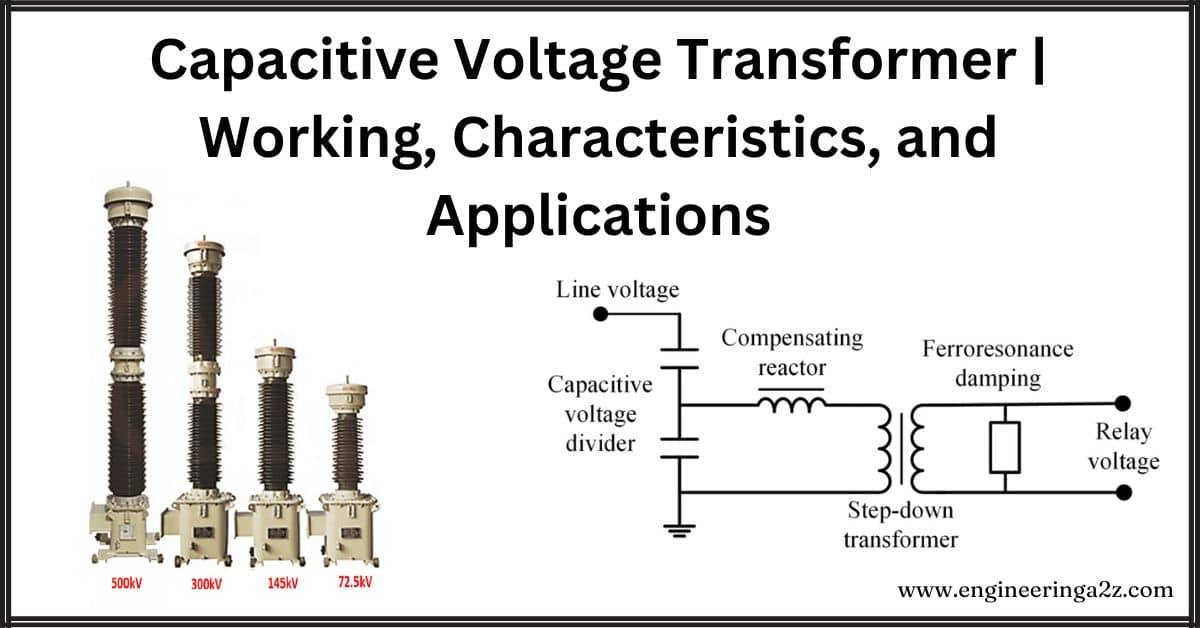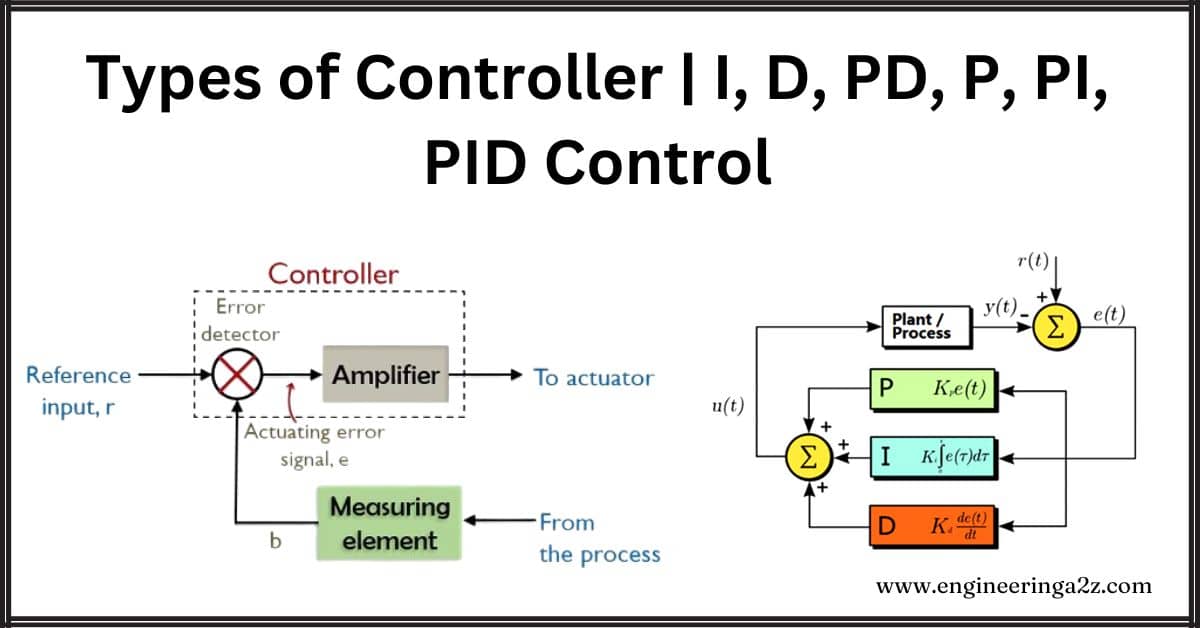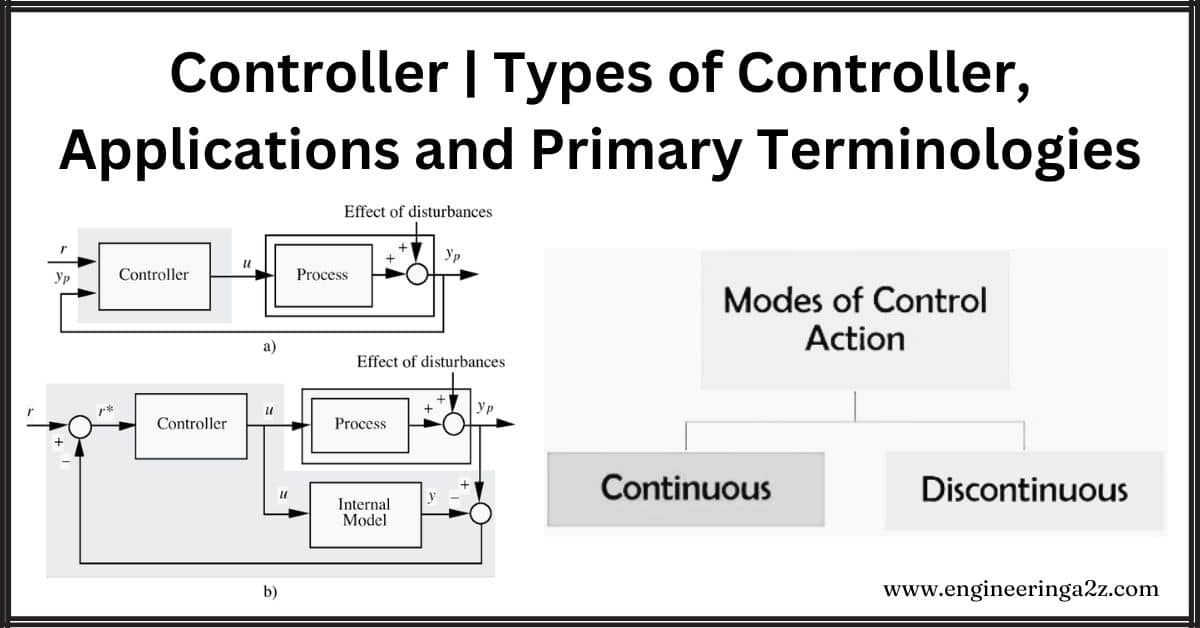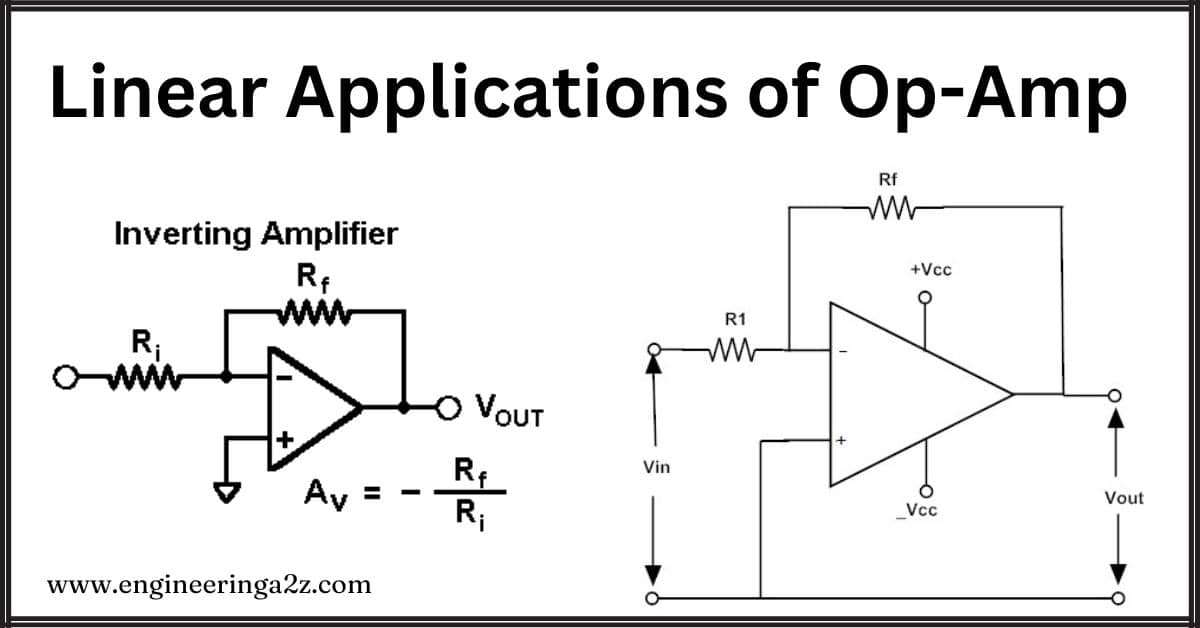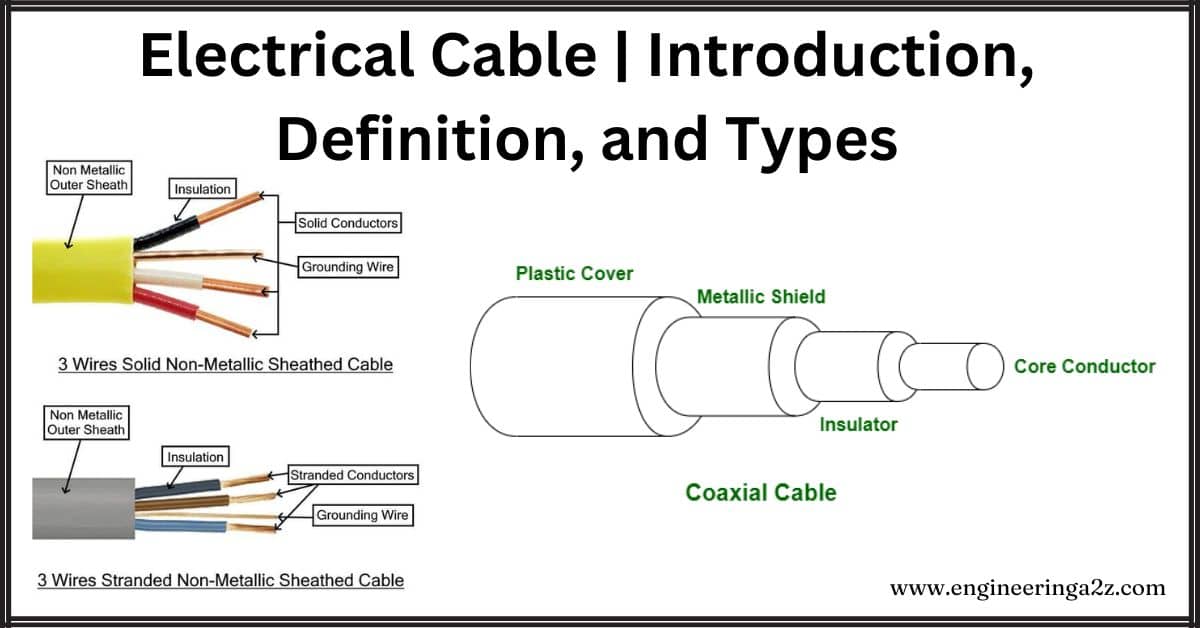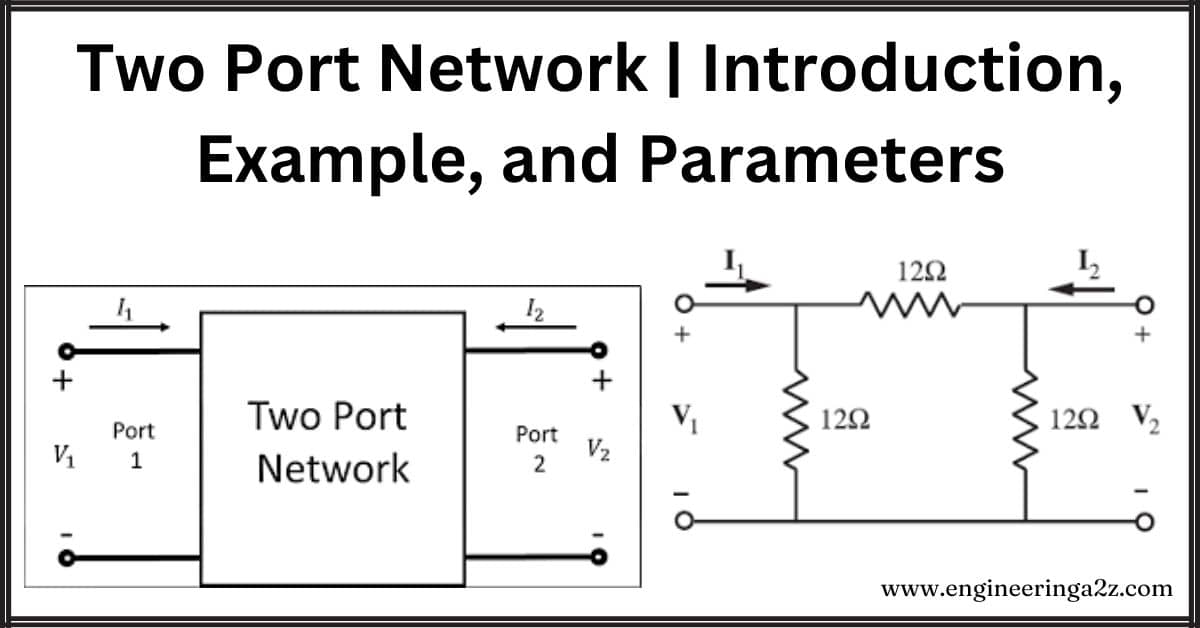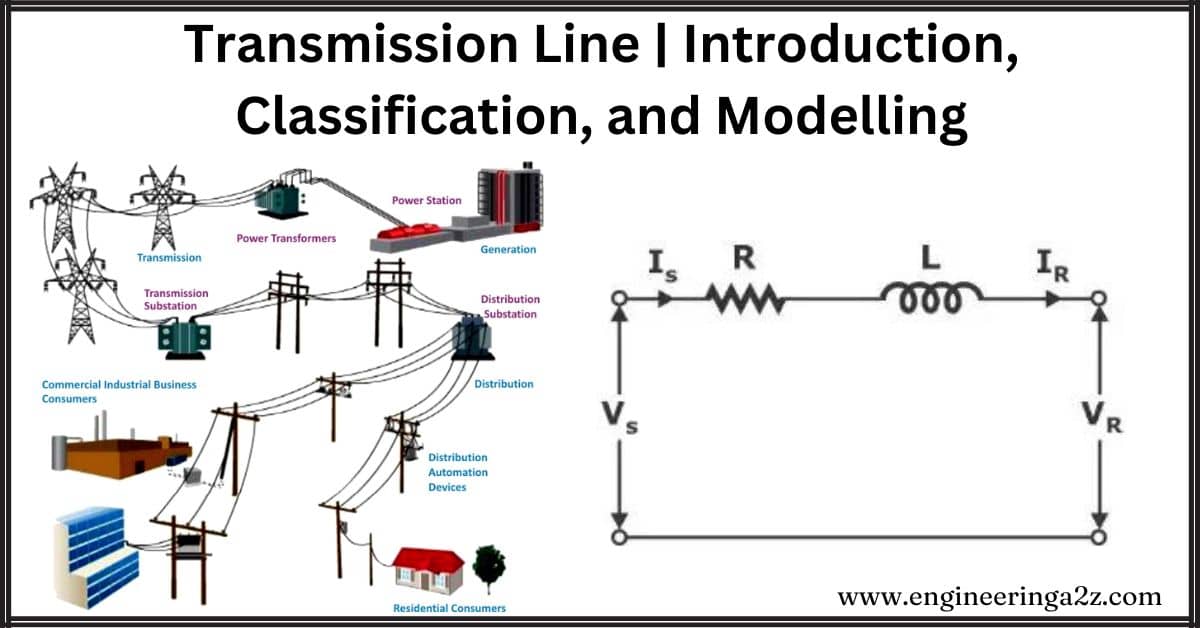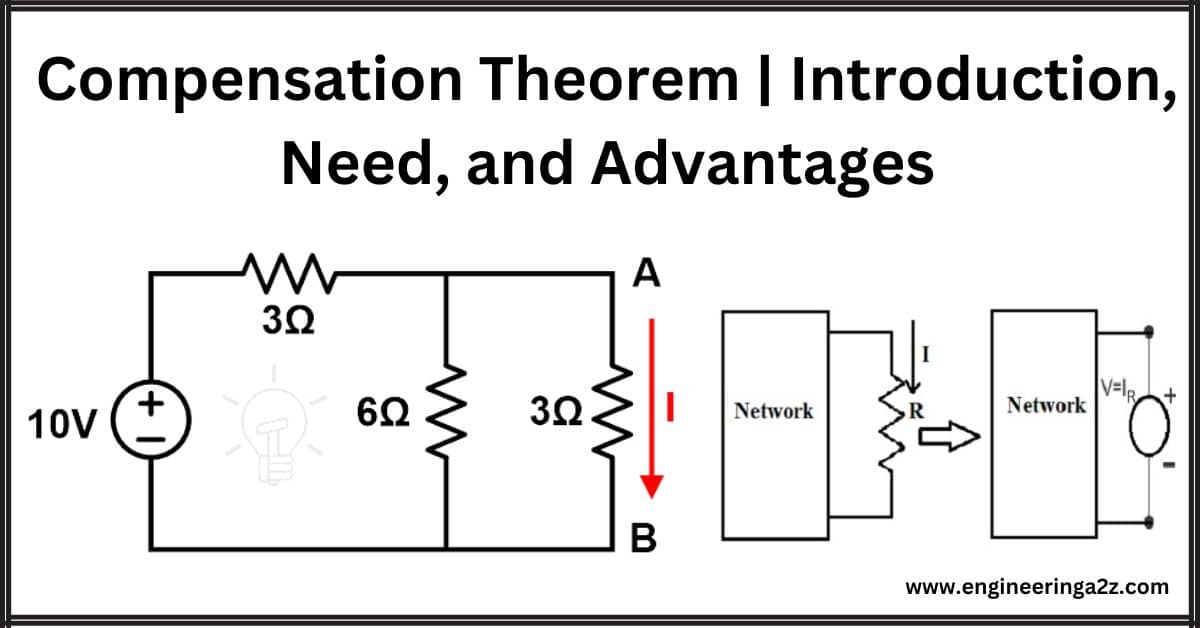Distribution Automation | Introduction, Benefits, and Applications
Introduction Distribution Automation (DA) is a collection of technologies like sensors, processors, communication networks, and switches that help utilities collect, automate, analyze, and optimize data. This improves the efficiency of…
Comparators | Definition, Types of Comparators
Introduction A relay detects the change between normal and abnormal conditions by comparing two electrical vector quantities, both of which are derived from the system voltages and currents at a…
Capacitive Voltage Transformer | Working, Characteristics, and Applications
Introduction A Capacitive Voltage Transformer (CVT) is an essential component in power systems. It accurately measures high voltages by exploiting the capacitive division principle. Unlike traditional transformers, CVTs are lighter,…
Types of Controller | I, D, PD, P, PI, PID Control
Introduction A controller is like the boss of a control system. It's responsible for keeping everything running smoothly. Think of driving a car and wanting to stay at a certain…
Controller | Types of Controller, Applications, and Primary Terminologies
What is a Controller? Controllers are like the brains of a control system, working to keep things on track. Here's why they're so important: Getting it Just Right: Controllers make…
Linear Applications of Op-Amp
A linear amplifier like an op amp has many different applications. It can make weak signals stronger and is great at handling electrical tasks. Its unique features make it a…
Electrical Cable | Components, Types and Application
Introduction Electrical cables are like electric highways that carry power or signals from one place to another. They're used for sending things like voice messages, computer data, and images through…
Two Port Network | Introduction, Example, and Parameters
Introduction Two-port networks simplify complex electrical circuits. They represent components like transmission lines and transformers, as well as electronic ones like transistors. This overview explains two-port network parameters, how to…
Transmission Line | Introduction, Classification, and Modelling
Introduction A transmission line is like a power highway for electricity to travel from a power plant to faraway places where people use it. It's made of special wires called…
Compensation Theorem | Introduction, Need, and Advantages
Introduction To understand the compensation theorem let's, imagine you have a network or circuit with different parts (branches) connected to it. When something changes, like the resistance in one of…

